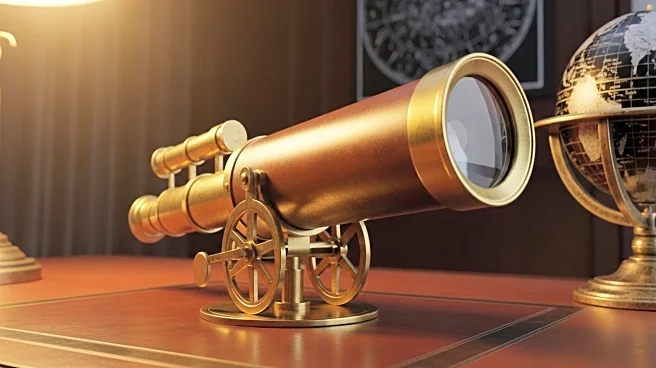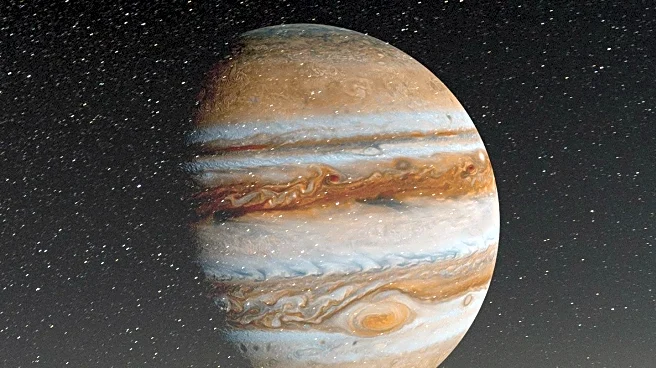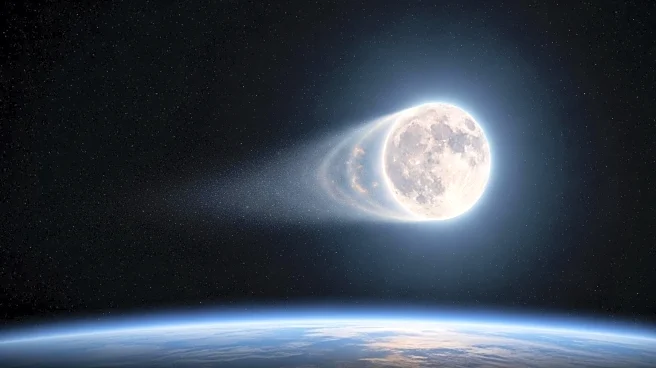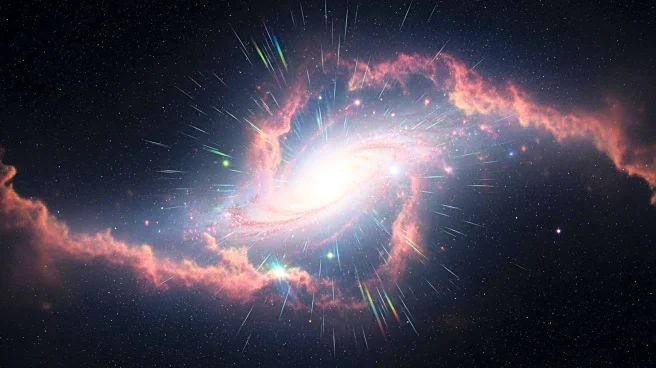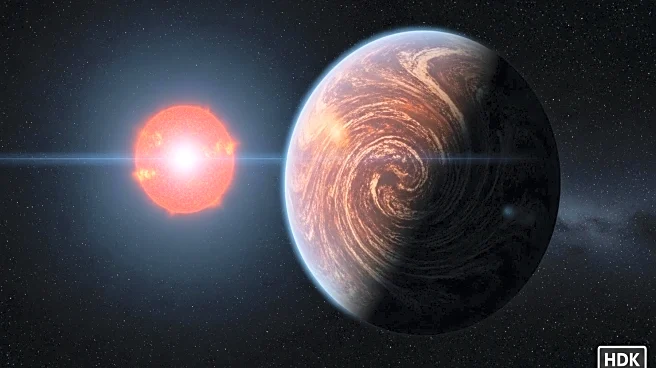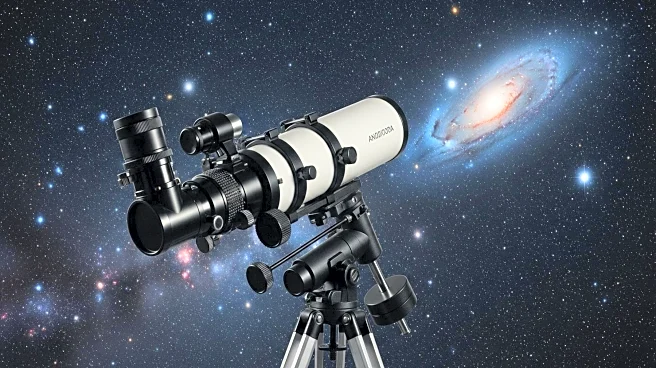What is the story about?
What's Happening?
Isaac Roberts, a builder from Denbigh, made significant contributions to astronomy by capturing the first clear photograph of the Andromeda Galaxy in 1888. Born in 1829, Roberts moved to Liverpool at a young age and later became a neighbor to Sir Arthur Conan Doyle in Sussex. His interest in astronomy led him to build an observatory equipped with a telescope featuring a 20-inch reflecting mirror and a 7-inch refractor. Roberts invented a clockwork mechanism that allowed the telescope to remain focused on a point in the night sky for 105 minutes, enabling detailed photographic observations. This innovation allowed him to capture images showing 1,270 stars in the North Pole cluster, a significant improvement over previous photographs. His work laid the foundation for modern astronomical photography, as noted by Professor Stephen Eales of Cardiff University, who highlighted the revolutionary nature of Roberts' mechanical solution to the Earth's rotation problem.
Why It's Important?
Roberts' pioneering work in astronomical photography marked a significant advancement in the field, allowing for more detailed observations of celestial bodies. His ability to capture the spiral structure and dark lines of the Andromeda Galaxy provided insights into the composition and formation of galaxies. This breakthrough has had lasting impacts on astronomy, enabling researchers to study the universe with greater precision. Roberts' contributions helped bridge the gap between photography and astronomy, setting the stage for future discoveries. His work continues to influence modern astronomical research, as evidenced by the William Herschel Space Observatory's investigations into the Andromeda Galaxy, which built upon Roberts' initial findings.
What's Next?
The legacy of Isaac Roberts' work continues to inspire astronomers and researchers. The advancements in astronomical photography and observation techniques have opened new avenues for exploring the universe. Future research may focus on further understanding the dark lines and structures within galaxies, potentially leading to discoveries about star formation and interstellar phenomena. As technology progresses, astronomers will likely develop more sophisticated methods to study distant galaxies, building on the foundations laid by Roberts and his contemporaries.
Beyond the Headlines
Roberts' work highlights the intersection of photography and astronomy during the late 19th century, a period of significant scientific advancement. His collaboration with other pioneers, such as Edward Emerson Barnard, underscores the importance of interdisciplinary approaches in scientific research. The ethical and cultural dimensions of Roberts' contributions reflect the broader societal impacts of scientific innovation, as his work challenged existing perceptions and expanded human understanding of the cosmos.
AI Generated Content
Do you find this article useful?
